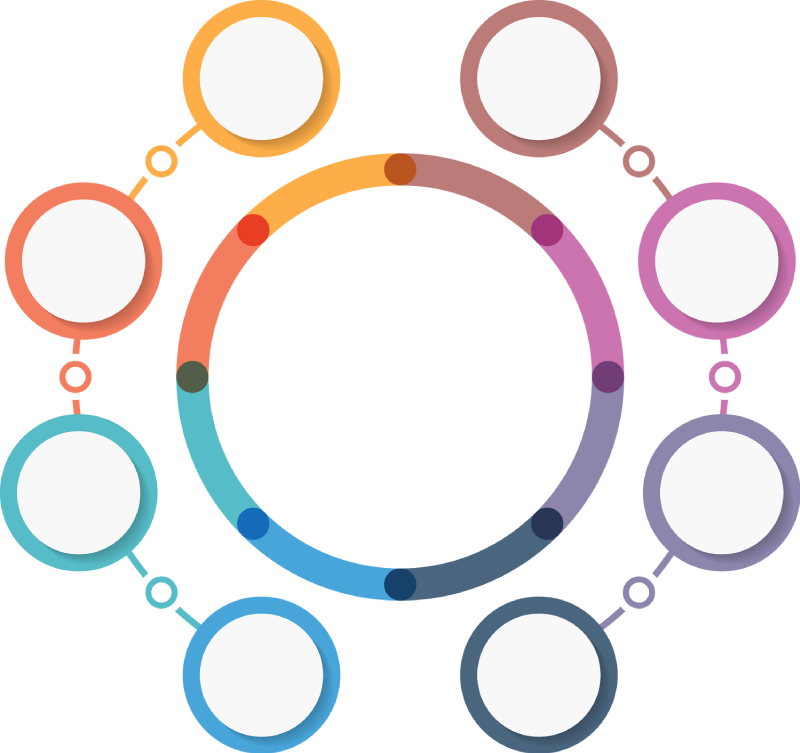Choose Your Path

3-Day Becoming Method® Intensive Training

RN-Psychotherapist Program
🕒 6–8 Months
On-line + Live 3-Day Intensive
For Registered Nurses including NPs, CNSs & PSWs
Apply Now


🕒 6–8 Months
On-line + Live 3-Day Intensive
For Registered Nurses including NPs, CNSs & PSWs
Apply Now

The Pain Point Is The Turning Point
Every contribution makes a difference! Your support helps provide scholarships, resources, and opportunities for students to succeed. Together, we can transform lives and create a future of healing and empowerment.
Dr. Joan Samuels-Dennis,
Dean, School of Psychotherapeutic Innovations
Becoming Institute Inc